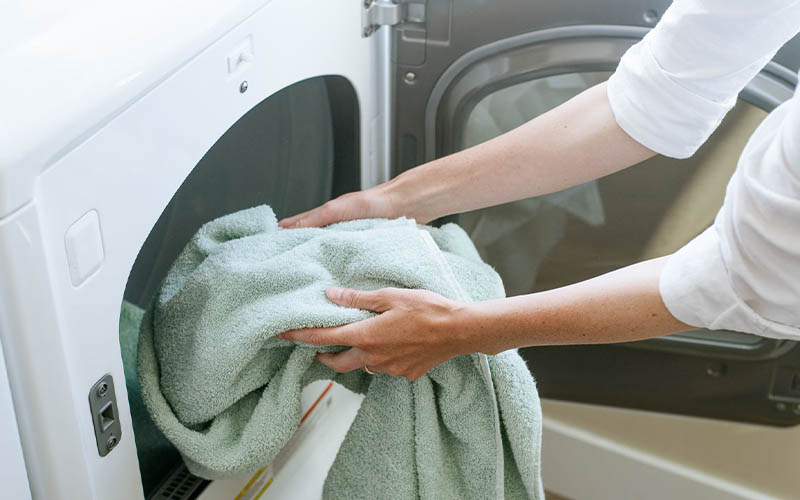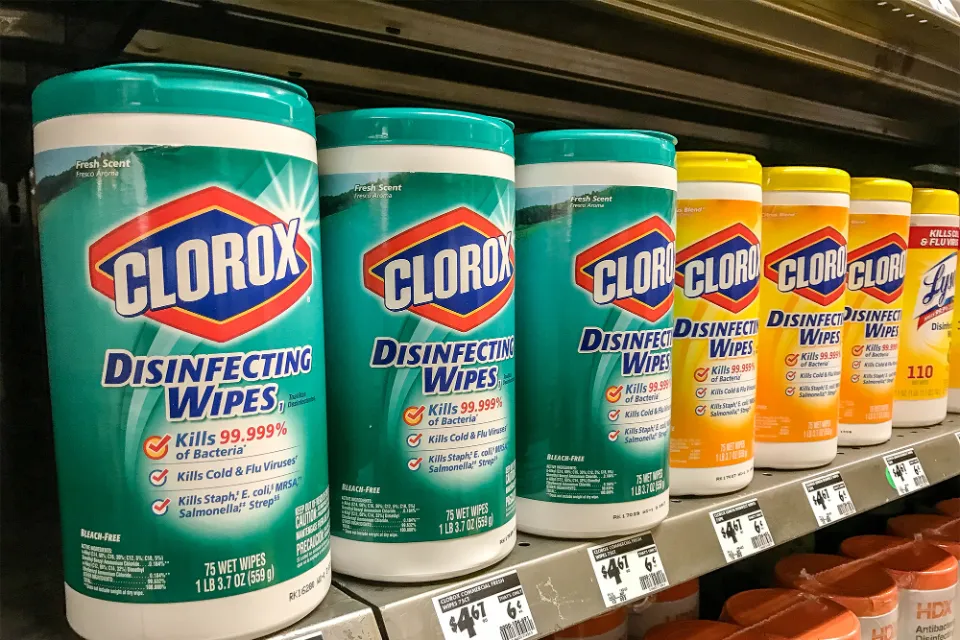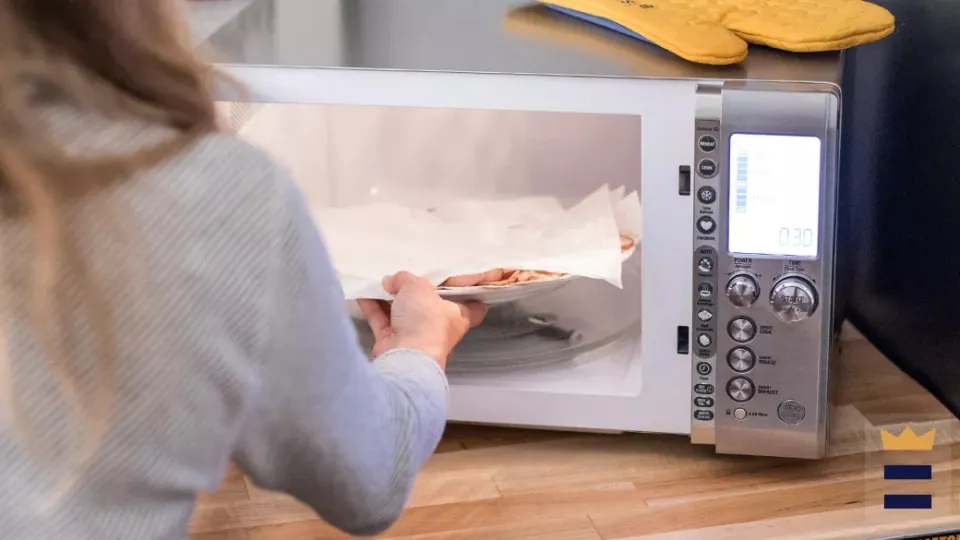Don’t let a protracted dry spell get you down; attend to these problem areas to address any potential slowdowns in your appliance and schedule. Here are common ways to check why is my dryer not drying.
First, check the basics. Is the dryer plugged in? Make Sure It Isn’t Overloaded. Check the Air Vent and Duct. Check the Lint Filter. Check the Door Switch. Your clothing may be too wet. Then, beyond the basics. Check the Drive Belt. Check the Heating Element. Check the Dryer Blower Wheel. Replace the Thermal Fuse. Replace the Motor. Replace the Control Panel.
Why does it seem like your dryer takes so long to dry clothes anymore? Do not immediately replace the home appliance if your clothes dryer takes longer to dry a load of laundry now than when you first bought it. There are a number of factors that can be fixed if a dryer is no longer drying clothes effectively.
Look at these potential problem areas first to see if they might be interfering with your machine.
How a Dryer Works?
Electric dryers have added a lot of bells and whistles over the past 80 years. These appliances combine three techniques to effectively dry your clothes:
- Heat: The main heat source for drying clothes is a heating element (or occasionally a gas burner). The increase in air temperature helps remove moisture and speeds up drying.
- Tumbling: Through the use of the rotating drum, clothes are tumbled during the drying process. The movement circulates heated air and separates the clothing pieces so all sides have an opportunity to dry.
- Air Flow: Air flow is important for continuously introducing fresh, warm air while also exhausting moisture and steam created by heating wet clothes outside (often).
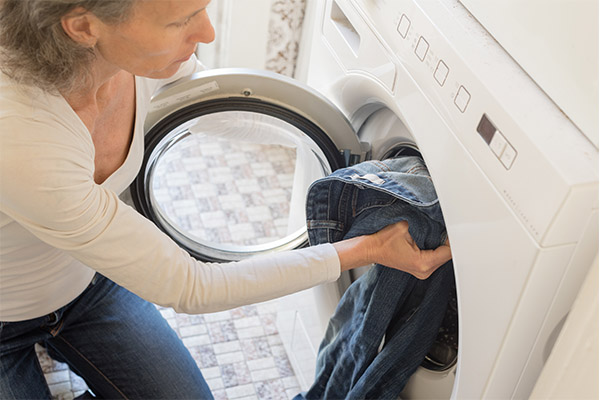
Troubleshooting Why a Dryer Isn’t Drying
Follow these simple instructions to determine why your dryer is not drying your clothes as quickly as you’d like.
Check the Basics
When a dryer isn’t drying, it’s usually best to start with the fundamentals, like making sure the power is on and observing how you use the dryer. Here are some fundamentals you should check if your dryer isn’t drying your clothes.
Is the Dryer Plugged In?
To ensure that your dryer has power, make sure it is plugged in. Check the circuit breaker if the dryer is plugged in but not working. Reset any tripped circuits on the dryer.
The heating element and the rest of the dryer are each powered by their own separate electrical circuits if you have an electric dryer. One of the two circuits may be tripped if your dryer is heating up but not drying. Check the circuit breaker once more, and reset it if necessary.
Make Sure It Isn’t Overloaded
One of the most common answers to the question “Why is my dryer not drying” is also one of the easiest to fix. The problem: You’re stuffing the dryer way too full. “It is important to make sure the dryer is not being overloaded,” says Childers. “When there is too much weight inside the dryer, it can become noisy and have problems drying clothes.”
The reason why your clothes come out of the dryer hot but not dry could be because you cram the dryer with too many items in an effort to do fewer loads of laundry. This reduces the airflow necessary to dry your clothes thoroughly. Additionally, overloading lengthens the drying process and demands more work and energy from the dryer. Childers advises against ever filling the dryer drum more than three-quarters full.
Check the Air Vent and Duct
Your clothes need plenty of airflow to dry properly. The dryer’s vent’s ability to move air is necessary for proper dryer operation. Poor airflow in clothes dryer systems is frequently caused by clogged air vents. Turning on your dryer and going outside to feel the airflow from the vent can help you determine whether your dryer’s air vent is blocked. Your vent may need a thorough cleaning if it runs slowly and doesn’t get very warm. Try these steps to clean:
- Unplug the dryer.
- Disconnect the dryer’s vent by removing it from the wall and pulling it away.
- Start cleaning the vent by removing the vent screen cover from the outside. Lint buildup is most likely what’s causing the obstruction. You can clean the lint out of your vent by using a vacuum.
- Once the dryer vent has been thoroughly cleaned, reattach it to the dryer, reposition the dryer, and plug it in.
Check the Lint Filter
The filter is the first line of defense against hair, dust, and fabric lint. You’ve probably heard this before, but you really should remove the lint filter from the dryer after each load.
Particularly socks shed more than other garment types when worn. However, regardless of the load, developing the habit of wiping out the filter after each wash and dry will put you ahead of the game in terms of both regular appliance maintenance and fire prevention.
Check the Door Switch
A door switch on your dryer prevents it from operating while the door is open. Check to see if the dryer door is closed if it’s not working. If the door is closed but the machine still won’t start, open the door and manually depress the door switch before trying the machine again. You might only need to adjust the door so that it presses against the door switch when closed if the dryer turns on. If it doesn’t start after that, you might need to get a new door switch.
Are Your Clothes Too Wet?
The washer spins to remove extra water before you put the clothes in the dryer because dryers aren’t designed to dry dripping wet clothes. After the wash, soaked clothing may not be able to dry completely during a typical cycle in the dryer. Verify the settings on your washer to make sure the right cycle is selected, and look for any potential problems.
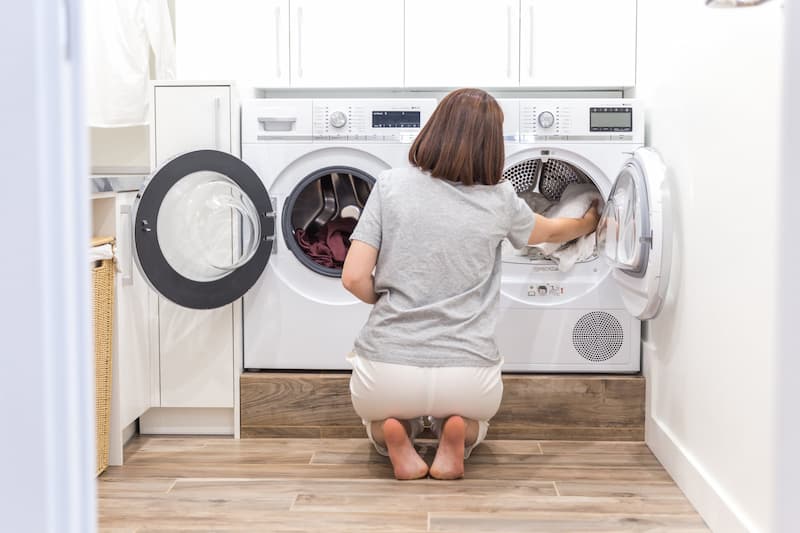
Beyond the Basics
After performing some basic troubleshooting, you might need to look into the issue further if your dryer still won’t dry your clothes. Although more mechanically and technically complex, these tasks are still manageable for DIYers to attempt on their own.
Check the Drive Belt
The tumbling feature aids in maintaining airflow through your clothing. With the aid of a belt connected to the motor, your dryer spins the drum where the clothes are stored. Visit our Why Isn’t My Dryer Spinning guide for more details on the significance of a spinning dryer and the procedures to follow to replace a dryer belt. The process typically entails removing the top and front panels of the dryer, disengaging the belt from the motor and pulley, and installing a new belt in its place.
Check the Heating Element
As was previously mentioned, your dryer heavily relies on heat and airflow to dry your clothes. An electric heating element is used in electric dryer units to warm the air. An gas burner heats the air in gas dryers.
Make sure the air is being heated by your heating element by checking it. Verify that the heating element is free of debris and is not in contact with any other dryer components. You might need to replace the heating element if it isn’t functioning properly.
Check the Dryer Blower Wheel
Air is circulated in your dryer by the blower wheel. It draws air in from the outside of the dryer, heats it up by blowing it past the heating element, then pushes it through the drum and out the air vent. There may be problems with the blower wheel if there are rattling noises and erratic vibrating. Try these steps to troubleshoot:
- To access the blower, unplug the dryer and open the back panel. Perhaps a socket wrench or screwdriver are required.
- Look for any cracks or obstructions that might be preventing the blower wheel from spinning while the back panel is open.
- You might need to open up the dryer even more by separating the top and front panels from the main dryer cabinet in order to remove the blower wheel. You can access the motor completely if you pull the drum away from the drum bearing.
- Remove the blower wheel’s screw from the engine.
Replace the Thermal Fuse
Your dryer has a safety feature called a thermal fuse that prevents it from overheating. One or more (if not all) of your dryer’s components might stop functioning properly due to a blown thermal fuse.
To change the thermal fuse:
- Unplug the dryer.
- the dryer’s back panel should be opened.
- Remove the thermal fuse that’s preventing the dryer from drying by unscrewing it. Replace with a fresh thermal fuse.
Replace the Motor
The blower wheel is turned by the dryer motor, which is crucial in ensuring that air flows through the dryer and spins the drum. Your dryer may heat up but not dry your clothes if the motor is not operating properly.
It might be time to replace your motor if it still receives power but isn’t running. Your dryer will need to be disassembled, including the front panel, top, rear panel, drum, and possibly other components. To identify the proper replacement motor for your dryer, consult your owner’s manual or get in touch with a qualified appliance technician.
Replace the Control Panel
This is also where you press start to begin the process after setting the timer and temperature level. The control panel of your dryer will not function properly if it is broken. To order the right replacement, consult your owner’s manual for information on control panel components. The control panel’s individual parts, like the timer, could be changed instead of the entire thing.
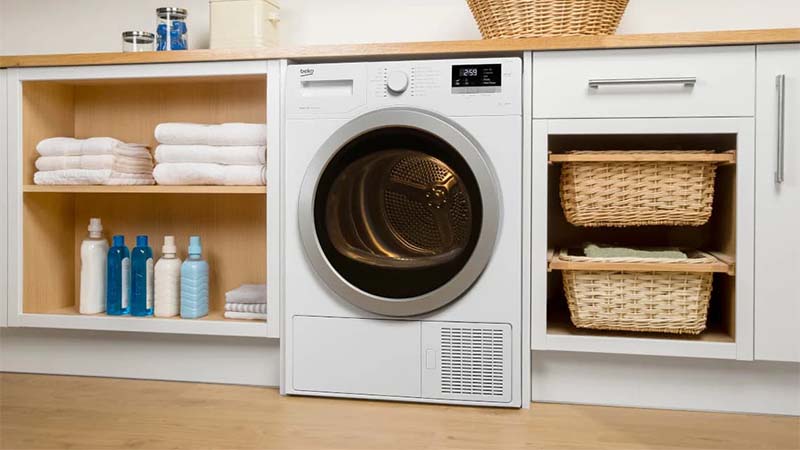
What to Do If Your Dryer Won’t Turn On
The fact that your dryer won’t turn on might be the real cause of its failure to dry clothes rather than a lack of heat. You may have blown a fuse or tripped a circuit if that is the case.
“Before examining the circuits, be very cautious, as there is an electrical shock hazard when working with fuses and circuits,” Ashby warns.
Childers and Ashby advise carrying out these steps if your dryer won’t turn on.
- Verify that the controls’ buttons and cycles are all properly chosen.
- Once that is finished, check to see if the dryer cord is fully plugged in and not frayed.
- Make sure a circuit breaker hasn’t been tripped by checking. If necessary, reset the circuit breaker.
- Verify the integrity and tightness of both fuses. Otherwise, swap out the bad fuses.
- Verify the door switch. A door switch is sometimes used by front-loading dryers to signal the machine whether the door is open or closed. Since the door is open, the safety feature stops the dryer from operating. However, according to Ashby, the door switch (as well as another faulty sensor, the thermal fuse), could potentially disrupt the electrical circuit. When sensors malfunction, the dryer may stop functioning properly. “[The door switch] can easily be replaced with a few simple tools,” he says.
If the steps above don’t fix the issue, Ashby says, “please contact a qualified electrician for assistance.”
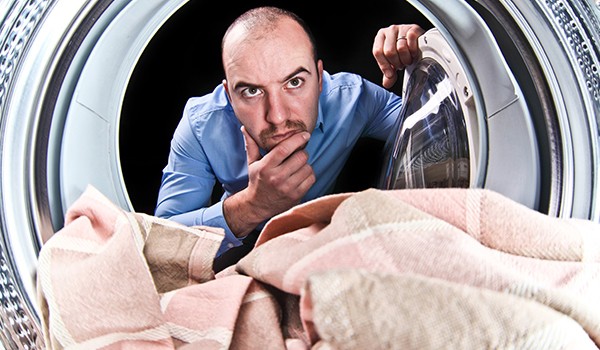
What to Do If Your Dryer Starts But Won’t Tumble
If your dryer turns on, but the drum (where you place your laundry) won’t rotate, either the drum-rotating belt is broken, or the motor has failed. “Refer to your user manual or a licensed service technician to troubleshoot,” Childers says.
When to Call An Expert
Any dryer problems should be resolved as soon as possible. “The key is to identify the problem as it begins rather than waiting later to deal with the issue,” Ashby says. “It is best to consult a professional to troubleshoot and fix problems if you encounter any more serious ones.”
When to hire experts depends on whether the problem is too complex for you to handle. You might be able to save some money if you can handle the DIY repairs. Call your neighborhood repairman if you’re unsure about your ability to correctly follow instructions.
Going to a professional will help to understand the problem [and] troubleshoot and resolve it,” For any appliance, many appliance companies offer extended service plans, which could help you save on repairs, as Ashby explains.
Avoiding Dryer Issues in the Future
However, eventually your dryer will reach the end of its useful life and you’ll need to start looking for a new one. Future dryer issues can be avoided with a regular maintenance schedule. The most crucial tasks you can complete are routinely cleaning the dryer’s vents and lint traps. We advise hiring a duct cleaning business every three to five years. Some appliance technician businesses include routine dryer maintenance as part of these visits.
FAQs
How Often Should You Clean a Dryer Vent?
Generally speaking, you need to clean your dryer vent system every two years. Depending on how often you use your dryer and whether the vent clogs, you might need to clean the system more frequently. Additionally, you should regularly clean the lint screen in your dryer after each load of laundry.
How to Tell If Your Dryer Heating Element is Bad and Needs to Be Replaced?
The dryer will spin and finish a cycle without getting hot enough to dry your clothes if the heating element in your dryer isn’t functioning properly. Heating elements need to be replaced or repaired as they become worn out over time with the aid of a qualified professional.
Why is My Dryer Not Drying Clothes in One Cycle?
In addition to issues with the dryer vent system or heating element, your dryer may not be able to completely dry loads in a single cycle if it is overloaded or the clothes are too wet when they exit the washer.
Why is My Dryer Not Drying All the Way?
Many of today’s dryers are designed to automatically stop the cycle when clothes reach a safe moisture level. In order to lessen additional wear and tear brought on by overdrying, this is intended to help. To see if you can customize the dryness level to your preferences, check your dryer’s settings.
Why Are Parts of My Clothes Still Damp?
When your load reaches a certain level of dryness, your dryer might stop if it is set to auto sensing. Seams, pockets, and thicker fabrics, though, might come out a little damp. Learn more about how to fix your dryer if it’s not starting or working properly.
Summary: When to Get a New Dryer
Dryers for clothes usually last between 10 and 13 years. Many improvements in energy efficiency and clothing care occur over that time, so if a dryer reaches this age or you start to see a drop in performance, it may be time to think about getting a new dryer.
The ability to send notifications to your phone or device, steam cycles (so you can stop using the steam iron), and specialty cycles are all common features of new dryers that older models were not built to provide.
If you have any questions, please leave a comment. Don’t forget to share the post. Thank you for reading.
